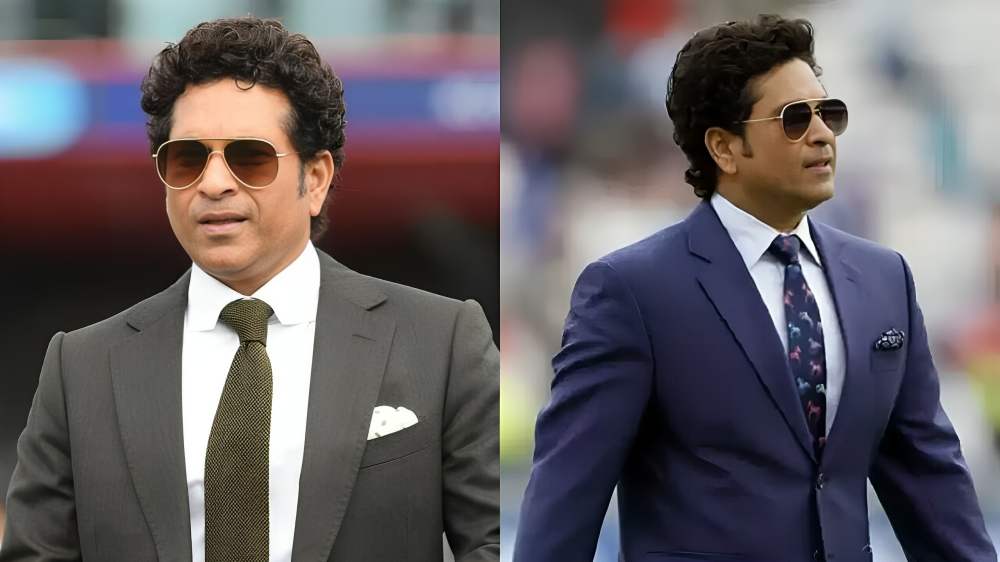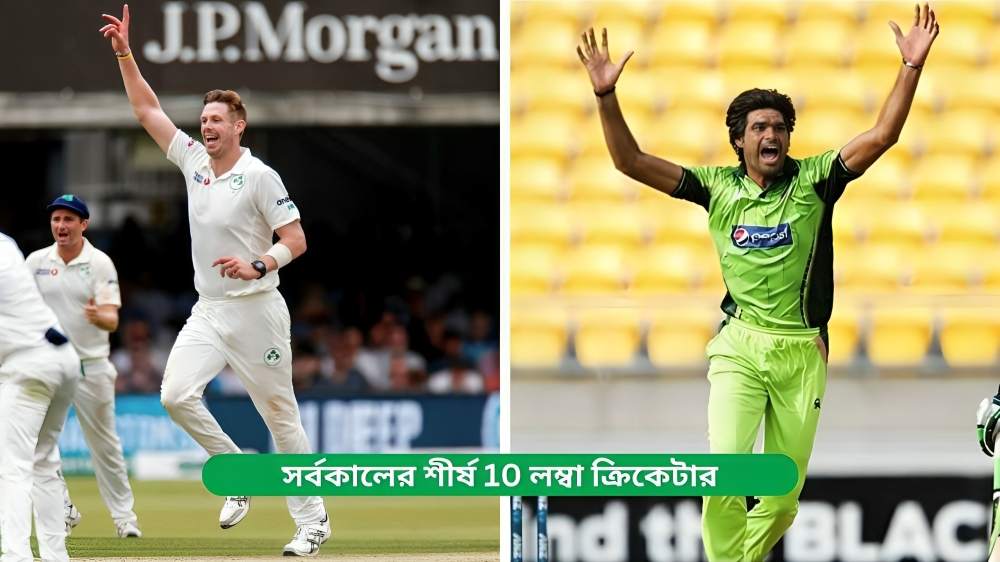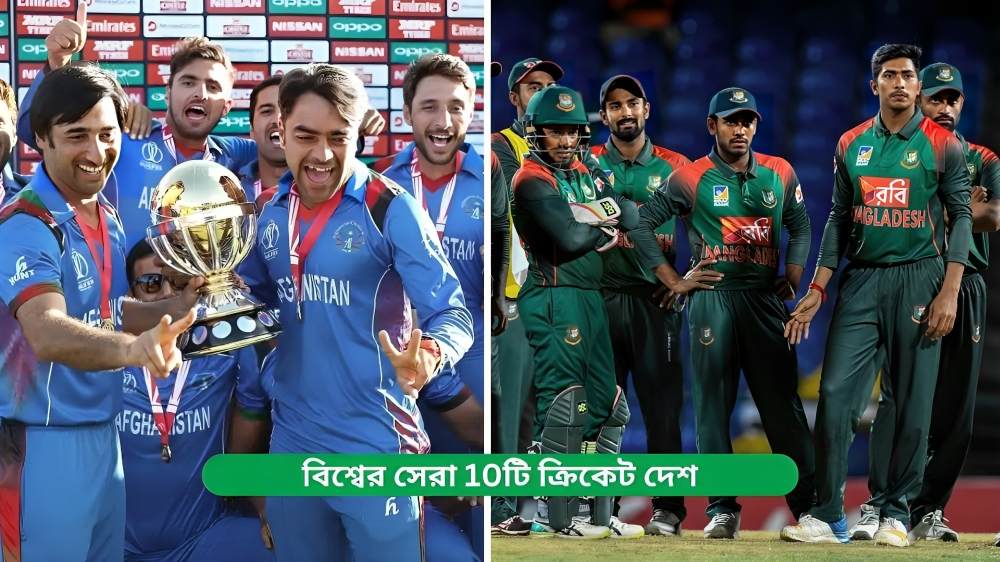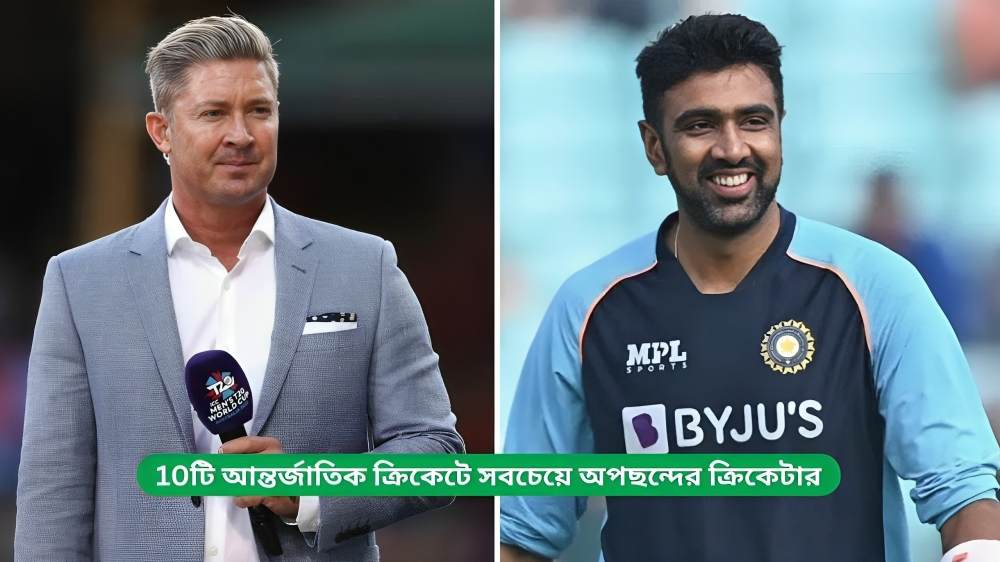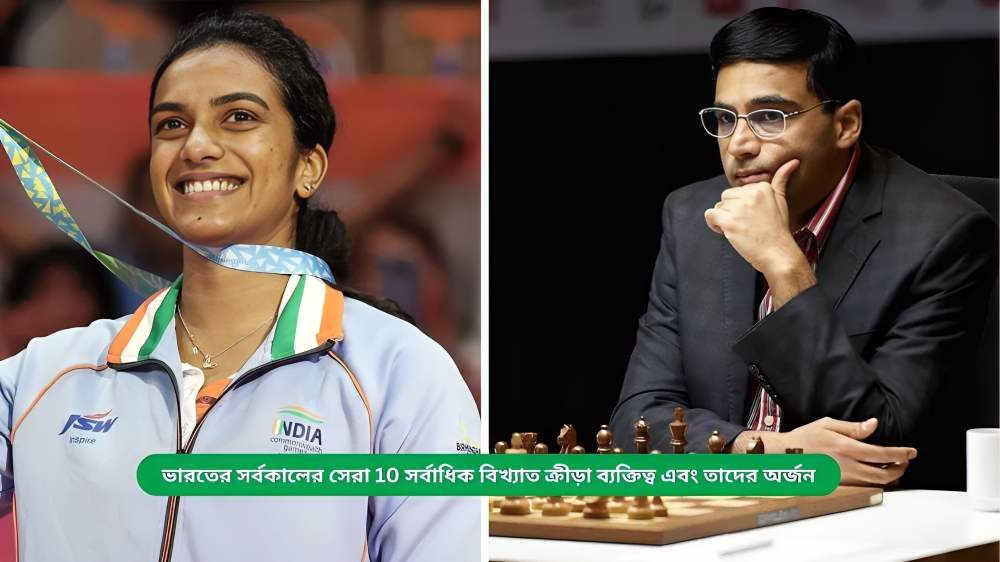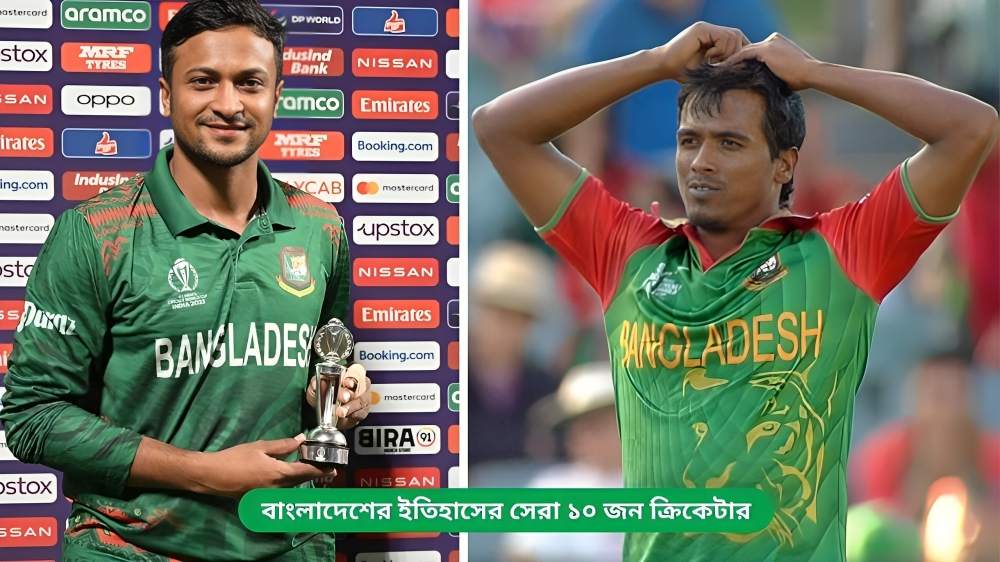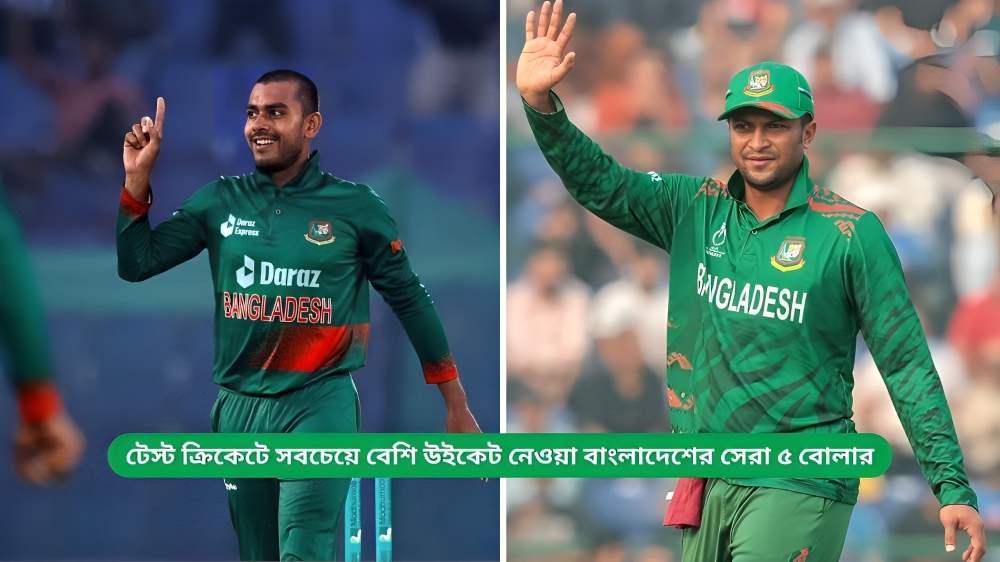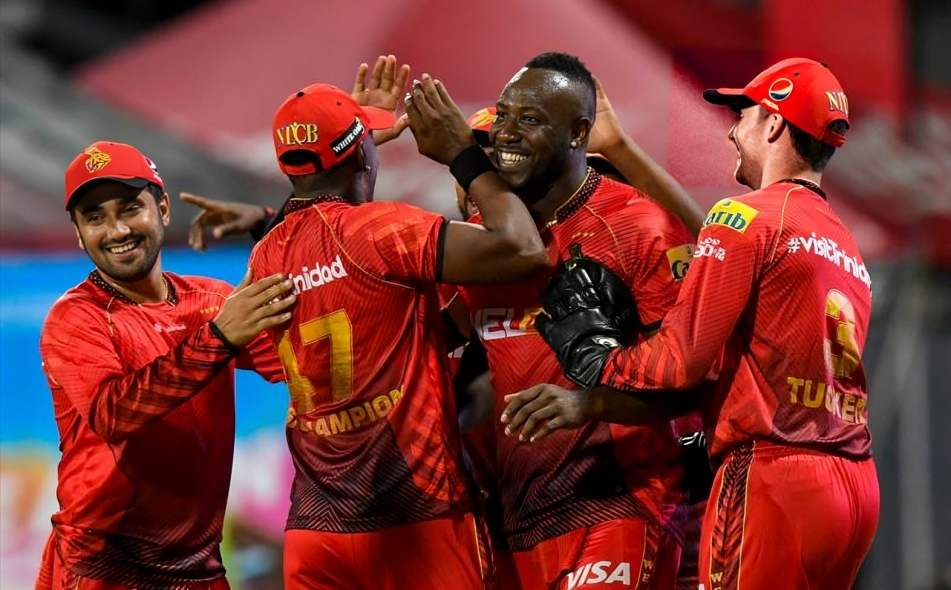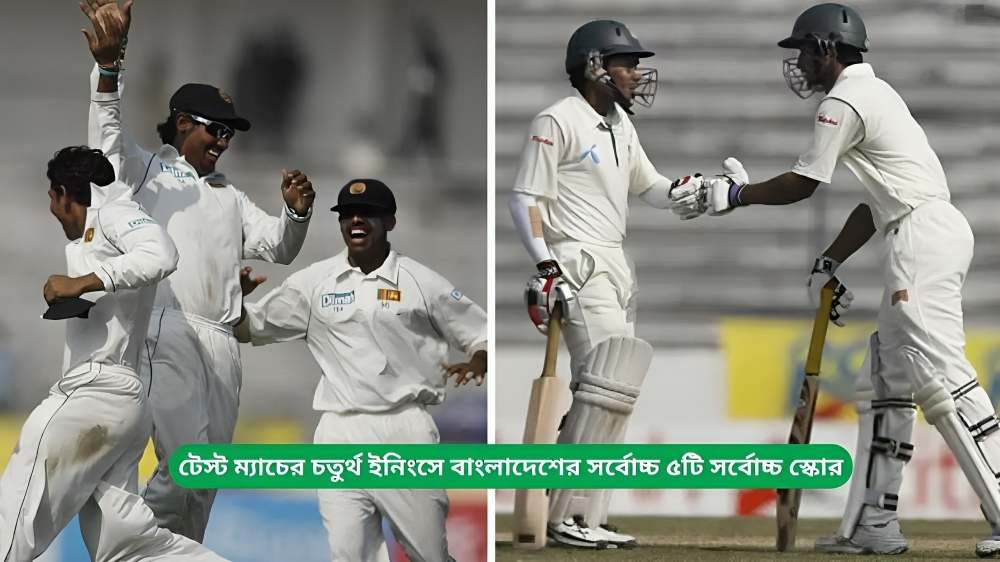Cricketers Who Were Banned: Cricket, often referred to as a “gentleman’s game,” has seen its fair share of controversies over the years. While the sport is celebrated for its rich history and the iconic players who have graced the field, it has also been marred by scandals that have rocked the cricketing world. From match-fixing to doping scandals, some cricketers have faced bans that tarnished their careers and left a lasting impact on the sport’s integrity. In this article, we take a look at some of the most infamous cricketers who were banned and the controversies that surrounded them.
Cricketers Who Were Banned
1. Hansie Cronje (South Africa)
Arguably one of the most significant and shocking scandals in cricket history, the case of South African captain Hansie Cronje stands as a cautionary tale. Cronje was banned for life in 2000 after being found guilty of accepting bribes from bookmakers to fix parts of matches, including influencing the outcome of specific games.
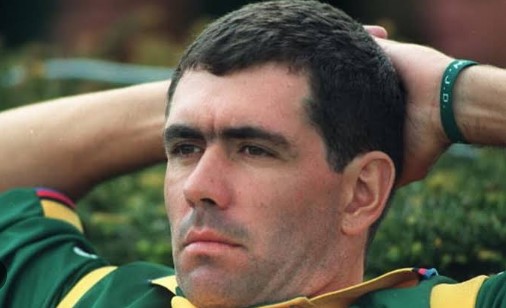
The scandal broke after Cronje’s involvement with bookies was revealed through intercepted phone calls, leading to a full investigation by the United Cricket Board of South Africa. Despite his previous success as a captain and his popularity among fans, Cronje’s fall from grace was swift and devastating. In addition to the life ban, Cronje’s reputation was irreparably damaged, and his tragic death in a plane crash in 2002 added a dark final chapter to his story.
2. Salman Butt (Pakistan)
Salman Butt, a former Pakistani captain, was involved in a notorious spot-fixing scandal that shook the cricket world during Pakistan’s tour of England in 2010. Butt, along with fast bowlers Mohammad Asif and Mohammad Amir, was found guilty of deliberately bowling no-balls at specific times during a Test match at Lord’s, as part of a conspiracy orchestrated by bookmakers.
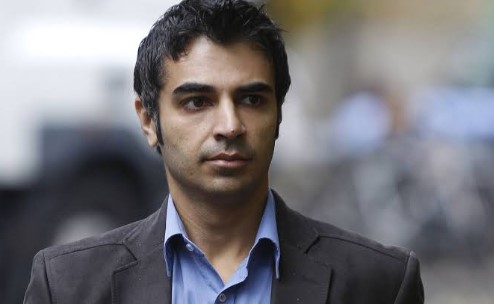
The trio’s actions were exposed in an undercover sting operation by the News of the World. Butt received a 10-year ban from the International Cricket Council (ICC), with five of those years suspended. He was also sentenced to two and a half years in prison by a UK court for his role in the spot-fixing conspiracy. Butt’s fall from grace, after being seen as one of Pakistan’s promising young players, remains one of the darkest chapters in cricket.
3. Mohammad Amir (Pakistan)
Mohammad Amir, a talented left-arm fast bowler, was another cricketer caught up in the 2010 spot-fixing scandal involving Salman Butt and Mohammad Asif. Amir, who had shown great promise and was considered one of the best young bowlers in the world, was banned for five years by the ICC after he was found guilty of deliberately bowling no-balls as part of the same conspiracy.

Amir served his ban and made a remarkable comeback to international cricket in 2015, much to the ire of some fans and critics who felt he hadn’t been punished enough for his crime. Despite his redemption arc, Amir’s return was met with mixed emotions, with many questioning whether he truly deserved to play again at the highest level. His story is a poignant example of both redemption and the lasting shadow of controversy.
4. Shane Warne (Australia)
Shane Warne is widely regarded as one of the greatest leg-spinners in the history of cricket, but even his illustrious career wasn’t free from scandal. In 2003, Warne was banned for one year after testing positive for a banned diuretic, which he claimed he had taken to reduce weight. The drug was not a performance-enhancer, but the incident raised questions about Warne’s approach to discipline and the pressures faced by elite athletes.

Despite the ban, Warne’s legacy as one of the most skillful and charismatic cricketers remained intact. He returned to play international cricket in 2004, continuing to dominate with the ball and inspiring future generations of spin bowlers. His brief ban was a blip in an otherwise legendary career.
5. Chris Cairns (New Zealand)
Chris Cairns, one of New Zealand’s greatest all-rounders, was involved in a major legal battle after being accused of match-fixing. In 2015, Cairns was found not guilty by a London court in a case that stemmed from allegations made by former Indian bookmaker, Lou Vincent, that Cairns had been involved in fixing matches during his career.
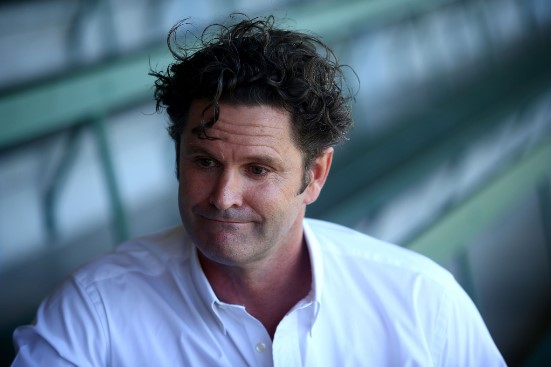
Although Cairns was acquitted of the charges, the accusations had a lasting impact on his career. In 2016, he was banned for life by the ICC after being found guilty of perjury and attempting to influence witnesses during the match-fixing investigation. The case and the subsequent ban tarnished what was once an impeccable career, leaving behind a legacy marked by controversy.
6. Sreesanth (India)
Sreesanth, the fiery fast bowler from India, was another cricketer who fell victim to the lure of match-fixing. In 2013, Sreesanth was arrested during the Indian Premier League (IPL) for his involvement in a spot-fixing scandal. Along with his Rajasthan Royals teammates, Ankeet Chavan and Ajit Chandila, Sreesanth was accused of deliberately bowling predetermined no-balls in exchange for money from bookies.
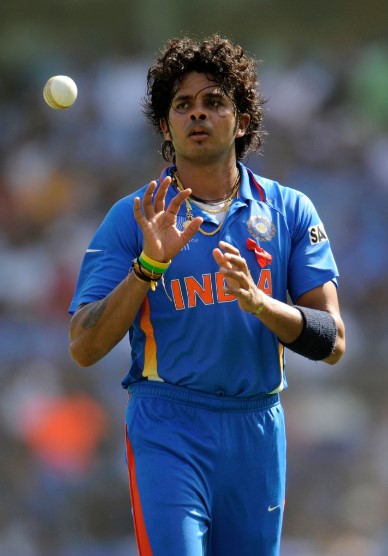
The incident shocked the cricket world, as Sreesanth had been an integral part of India’s successful 2007 ICC World Twenty20 and 2011 ICC Cricket World Cup campaigns. In 2013, he was handed a life ban by the Board of Control for Cricket in India (BCCI), though in 2015, the Kerala High Court overturned his ban, allowing him to return to competitive cricket. Despite the legal victory, Sreesanth’s career has not regained the same momentum.
7. Mohammad Asif (Pakistan)
Mohammad Asif, along with Salman Butt and Mohammad Amir, was part of the infamous 2010 spot-fixing scandal. Asif, known for his impeccable control and ability to swing the ball both ways, was caught deliberately bowling no-balls during the Lord’s Test match. Like his teammates, Asif was banned by the ICC for seven years, with two years suspended.
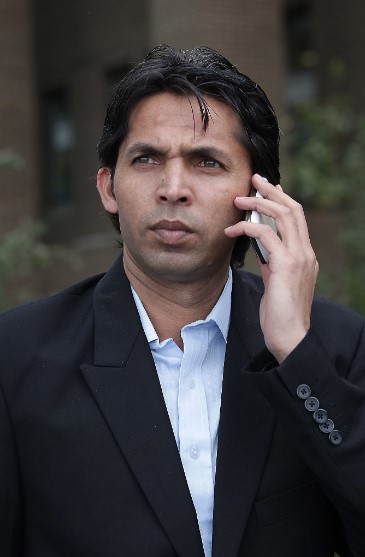
Asif’s career was one of unfulfilled promise, and his ban in 2010 brought a premature end to his international cricket journey. Though he did return to domestic cricket after serving his suspension, he was never able to regain the trust of the cricketing world at the international level.
The stories of these banned cricketers highlight the darker side of the game. While cricket remains one of the most beloved sports globally, these scandals remind us that integrity is the cornerstone of its spirit. For many of these players, the bans were the end of their careers, but for some, redemption and comebacks were possible—though they were often met with skepticism and controversy.
As cricket continues to evolve, the game’s governing bodies remain vigilant in their efforts to preserve the sport’s integrity, with a zero-tolerance policy towards corruption, match-fixing, and doping. Yet, the legacies of these banned cricketers continue to serve as reminders that even the greatest talents are not immune to the temptations and pitfalls of the professional sporting world.
You will have fun playing exciting games on here: E2Bet
Here Are Some Helpful Tips:


